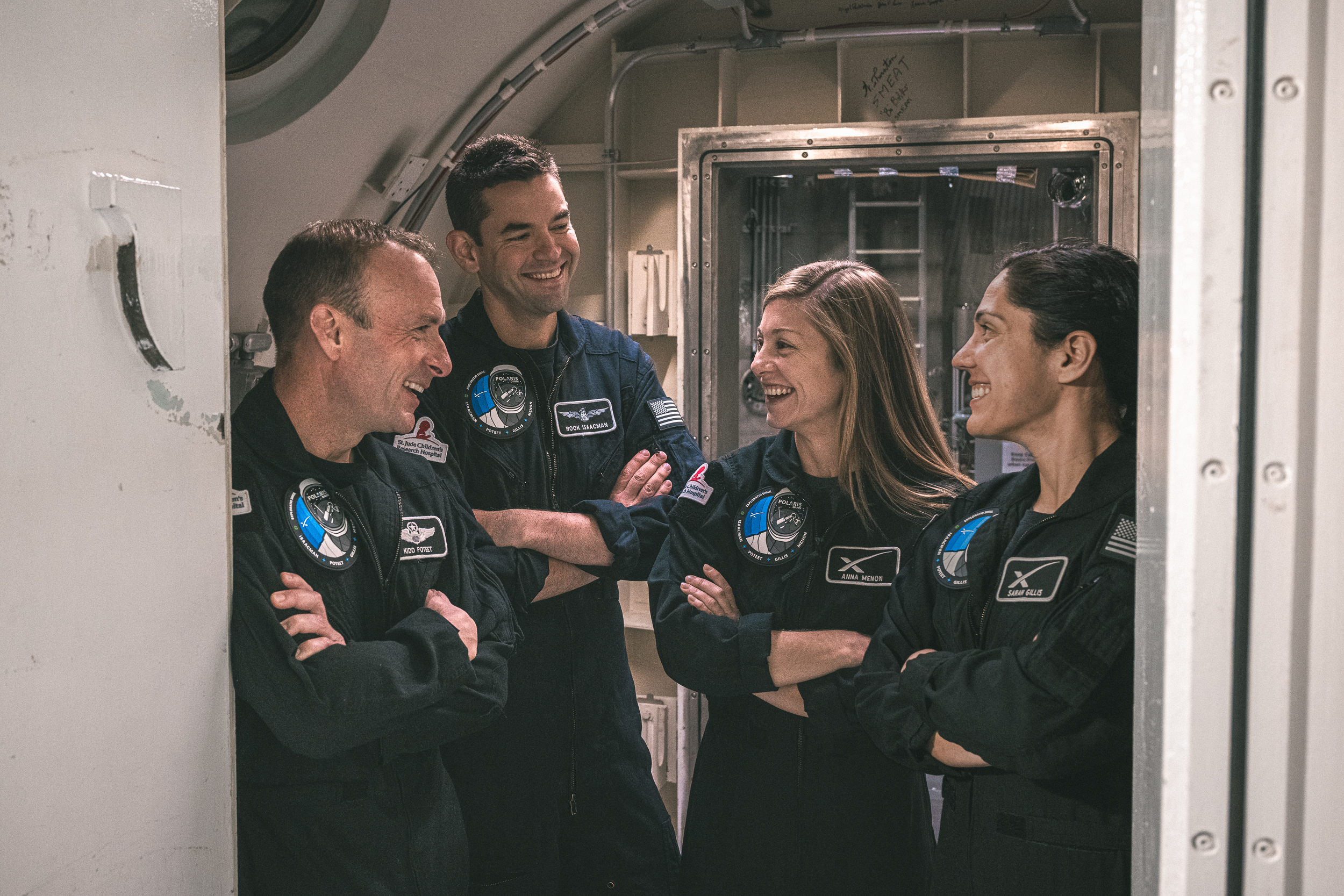
Polaris Dawn crew participates in a decompression sickness study at NASA’s Johnson Space Center
The Polaris Dawn crew participated in a decompression sickness (DCS) study to characterize the risk of the planned Polaris Dawn decompression profile in the 20 Foot Chamber at NASA’s Johnson Space Center in Houston, Texas, December 18-20. The facility originally served as a platform for similar atmospheric modulation tests in the early 1970s ahead of NASA’s missions to Skylab, the United States’ first space station.
The risk of decompression sickness is lowered when the amount of nitrogen is reduced in one’s body. Current extravehicular activity (EVA) decompression models – such as those used on the International Space Station – achieve this during a long-duration 100% oxygen prebreathe exercise in an airlock. The Dragon spacecraft, however, does not have an airlock, requiring the entire vehicle (including crewmembers) to decompress down to vacuum with a limited prebreathe. In anticipation of the mission’s EVA attempt, this study characterized DCS risk for Polaris Dawn and will help SpaceX develop a new decompression model for EVAs from Dragon.
Decompression sickness is more commonly known as “the bends” and is typically associated with scuba diving. When a rapid drop in air pressure occurs, nitrogen gas bubbles can form in the body and cause pain in the joints, damage skin, or create feelings of numbness, tingling in muscles, or physical fatigue. With potential DCS symptoms being vague and individual susceptibility varying significantly, it was important that the crew got experience monitoring and reporting DCS symptoms, in addition to understanding the likelihood for DCS to occur during the actual EVA.
The crew lived in the chamber for just under two days, simulating the mission’s expected pressure and oxygen profiles to determine how likely it is for DCS symptoms to occur – if at all. Throughout the test, a team of medical professionals monitored the crew for symptoms, ready to intervene and provide immediate medical treatment if necessary.
In addition to characterizing DCS risk, the event allowed for the crew and teams to practice monitoring for and reporting EVA-related medical information over communication loops ahead of the mission’s actual spacewalk.
The images in this photo essay, taken by members of the Polaris Dawn crew and Polaris team, showcase the preparations for the two-day event as well as life in the chamber during the study.
See more Polaris photos on our Flickr page.
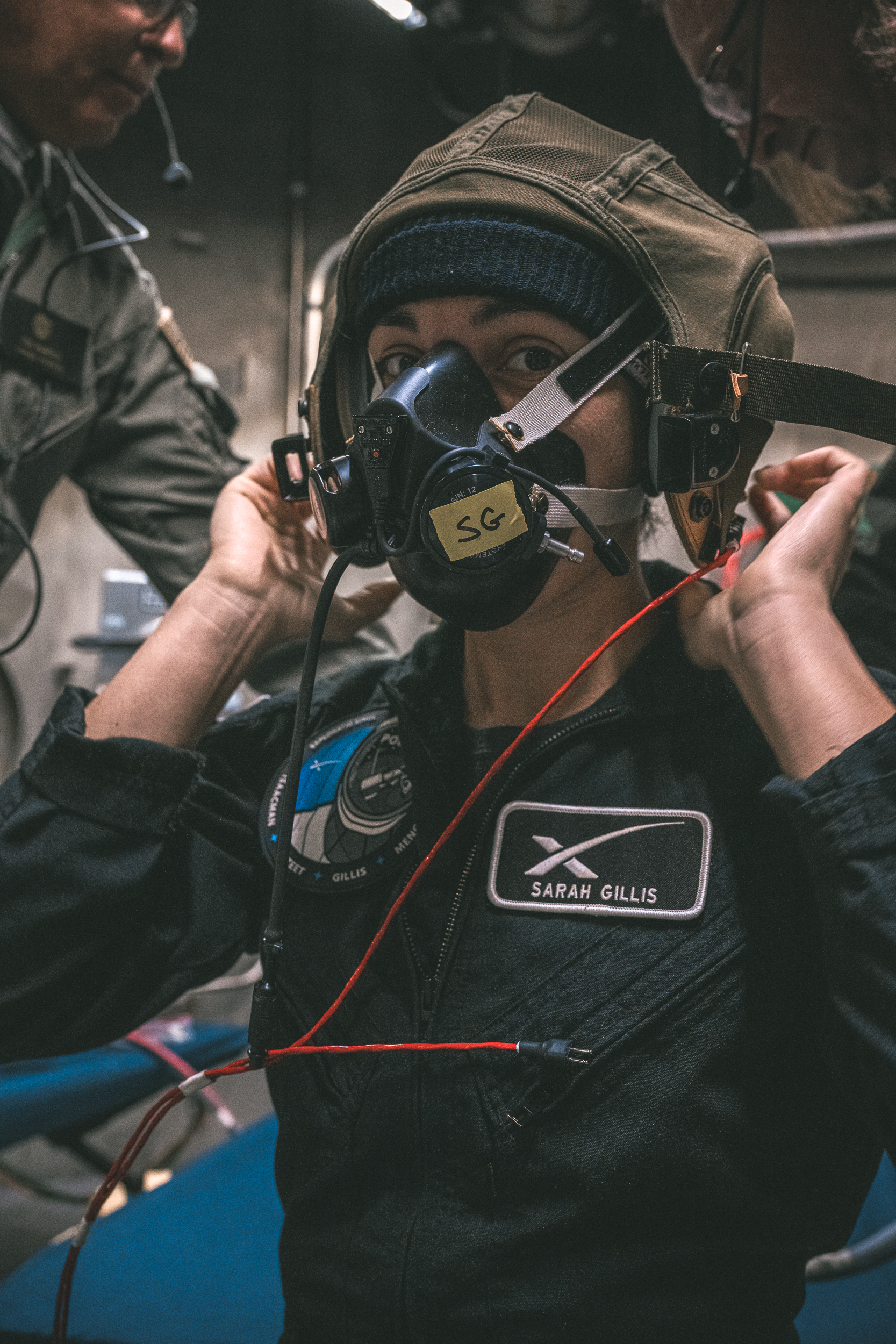
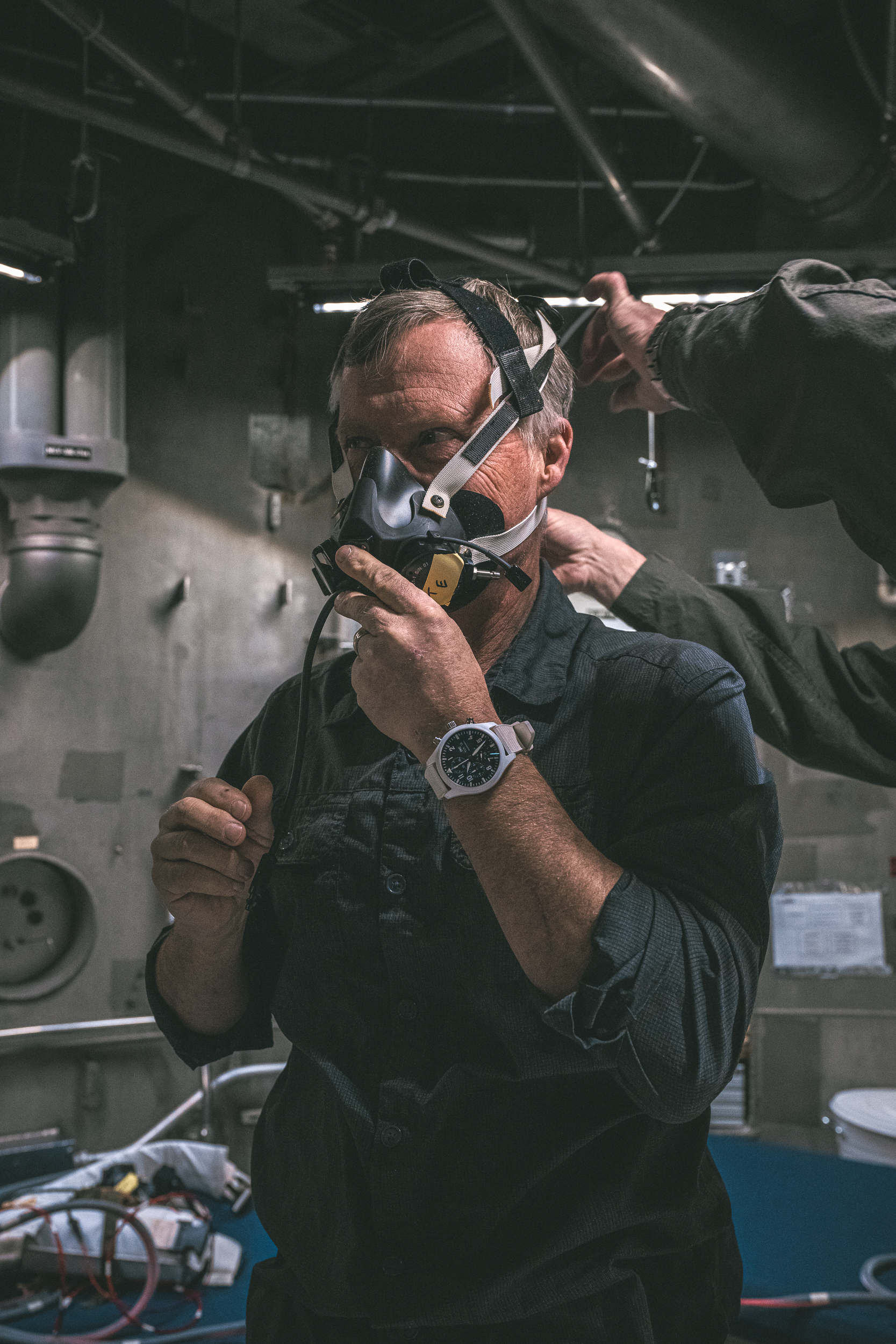
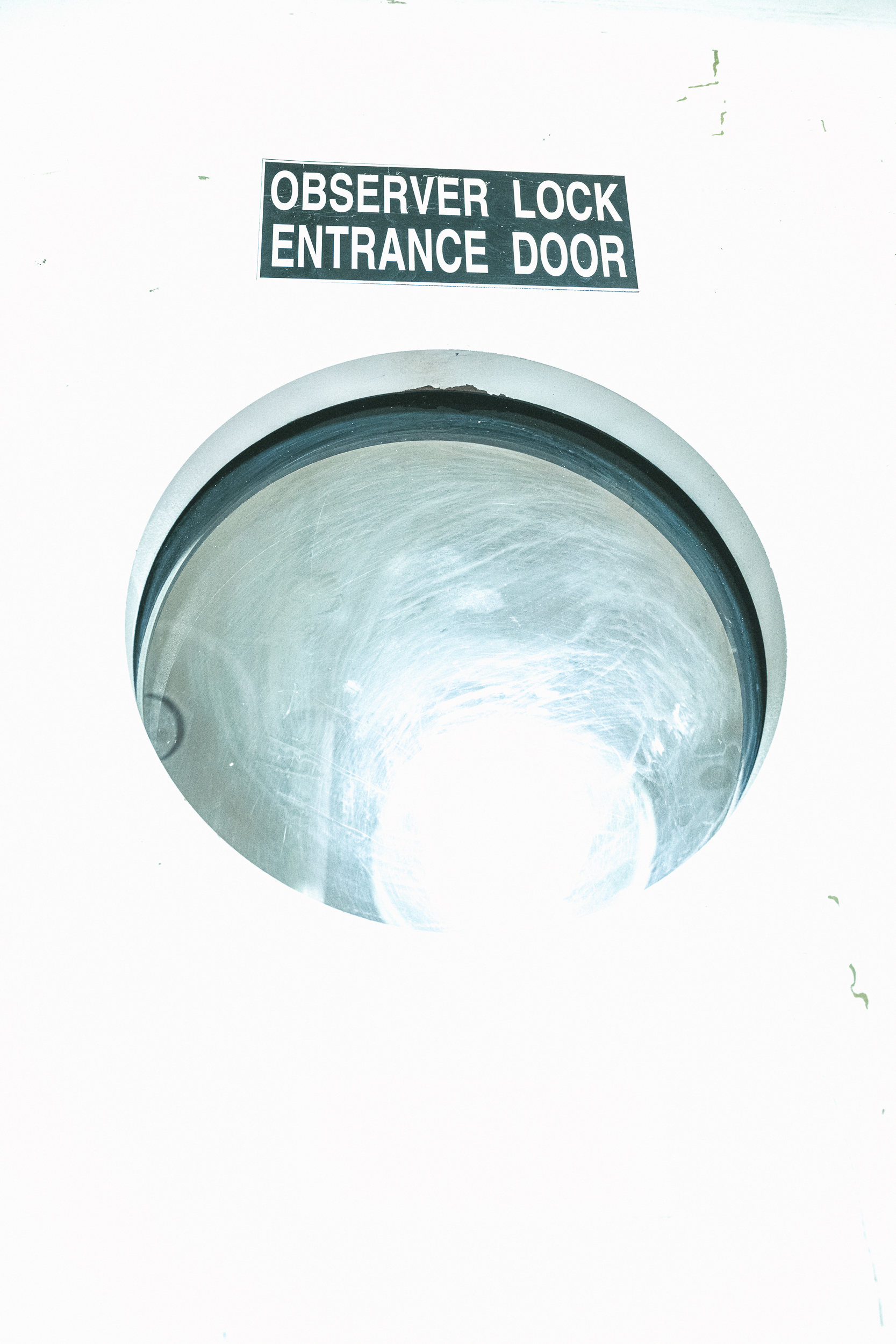
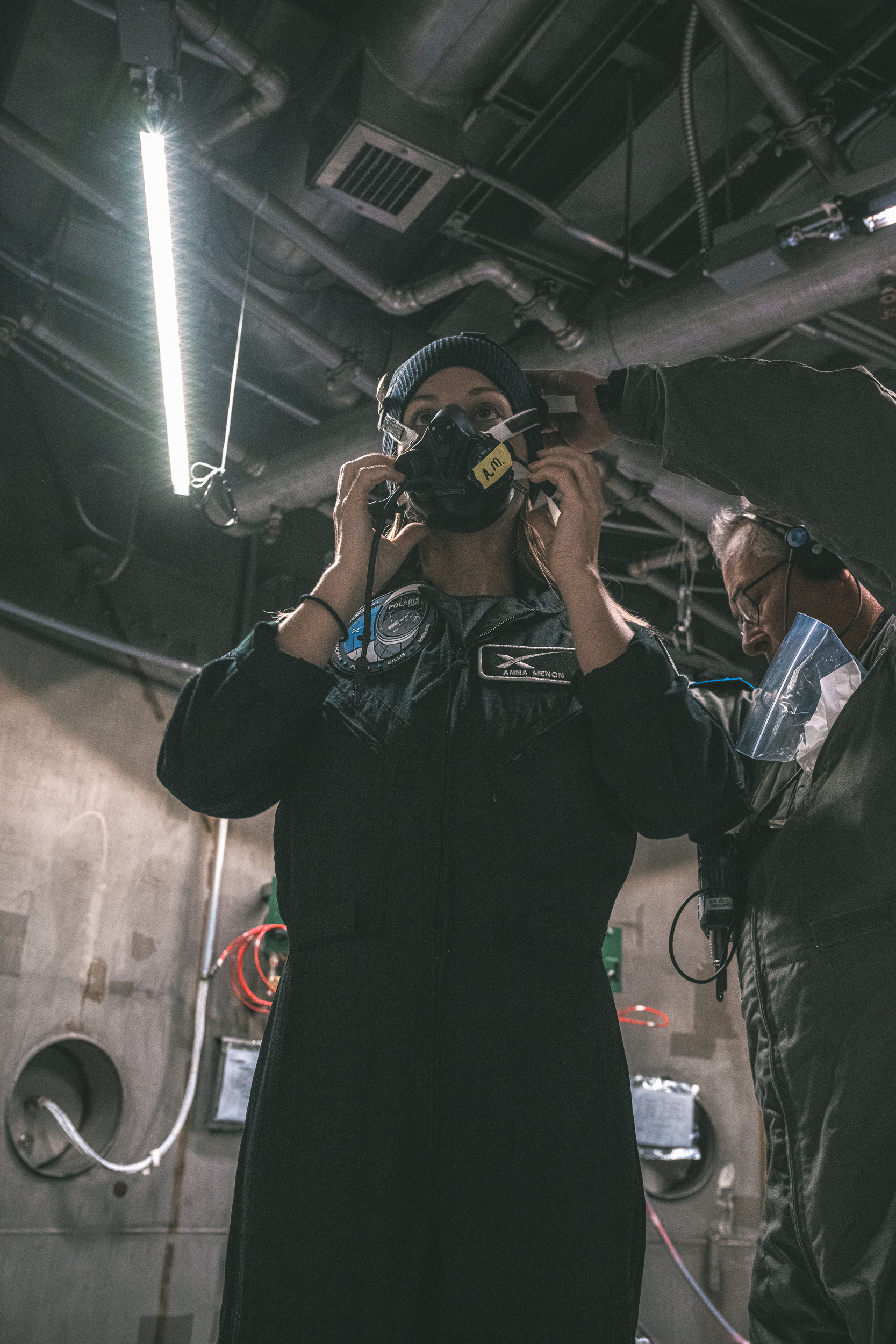
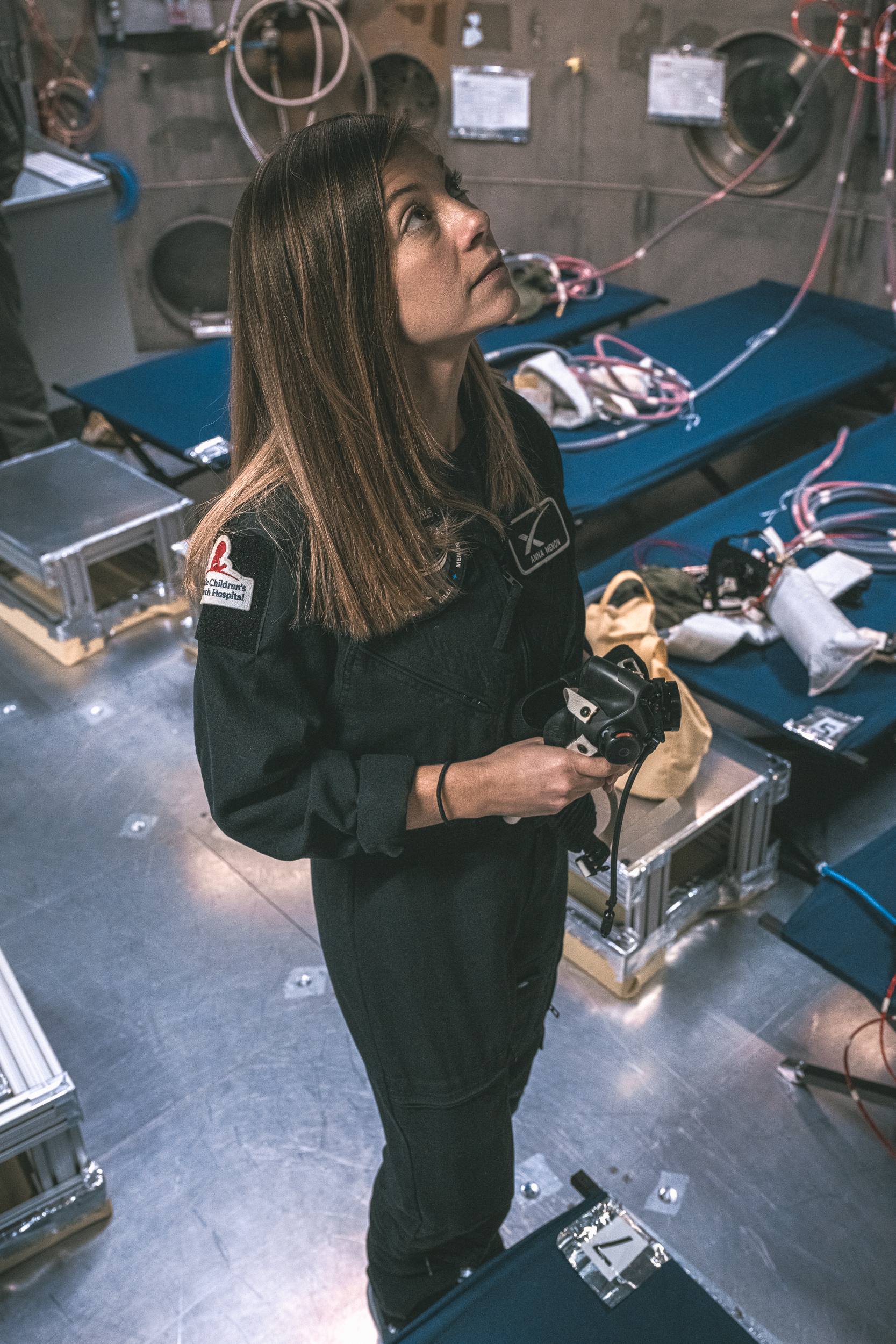
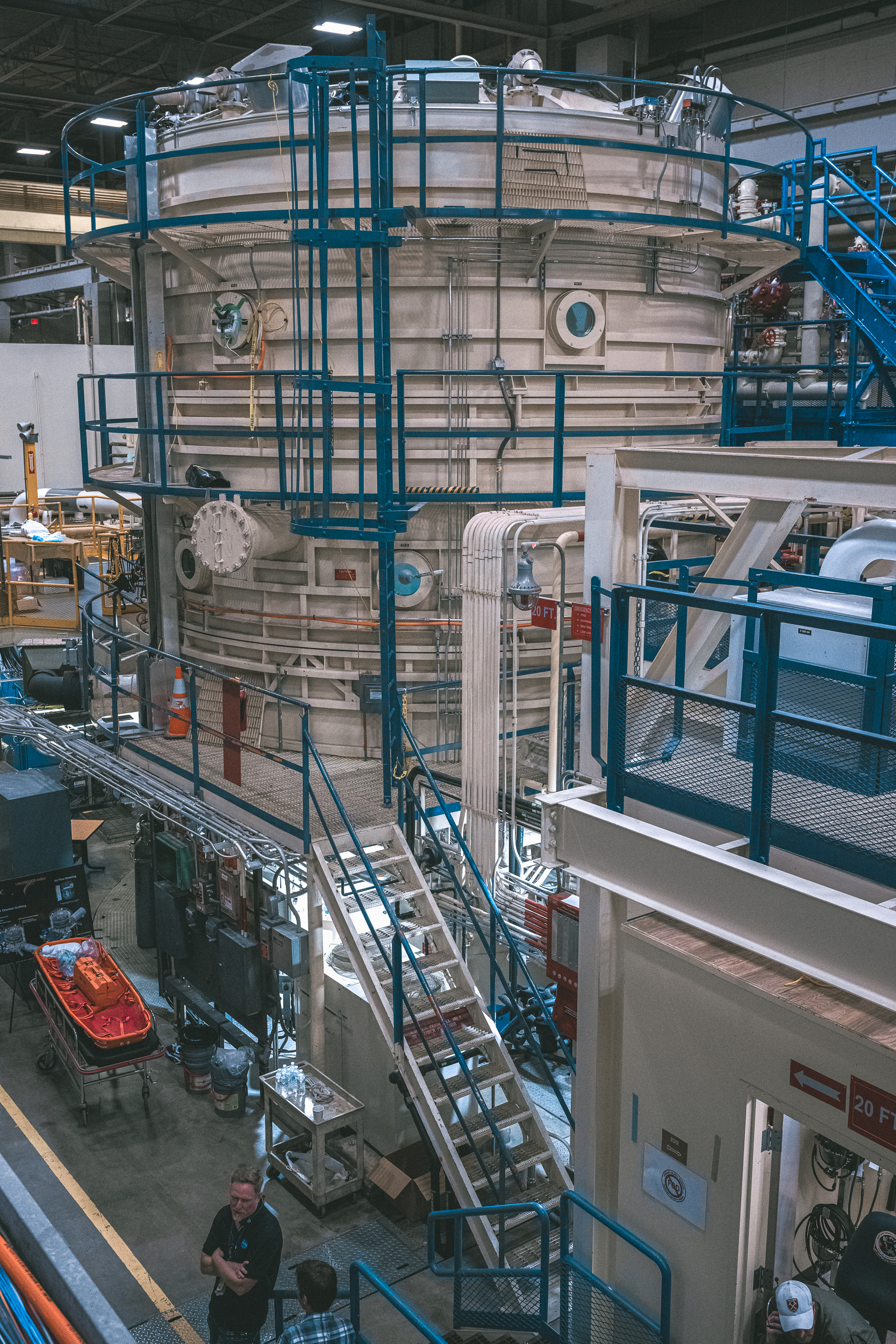
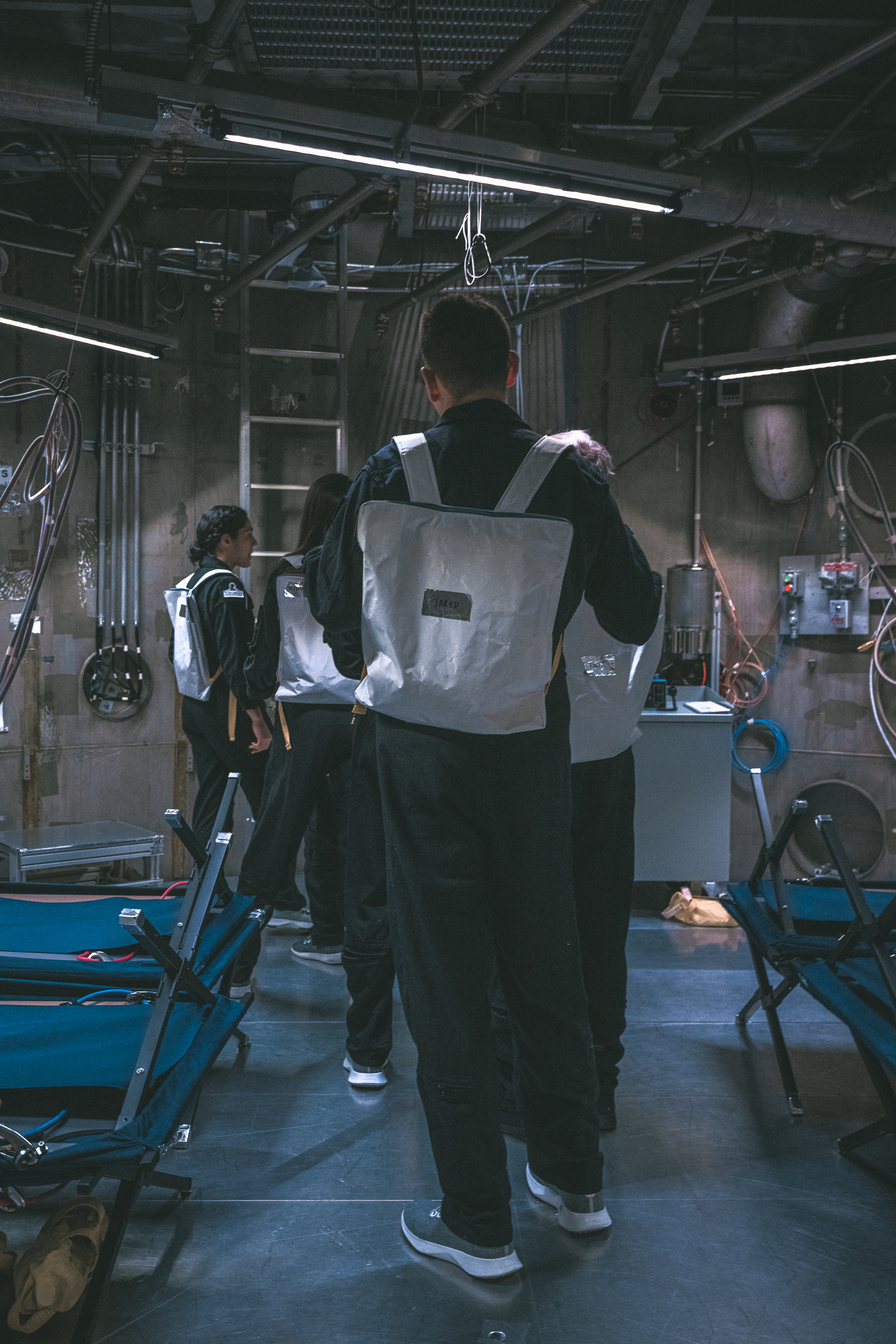
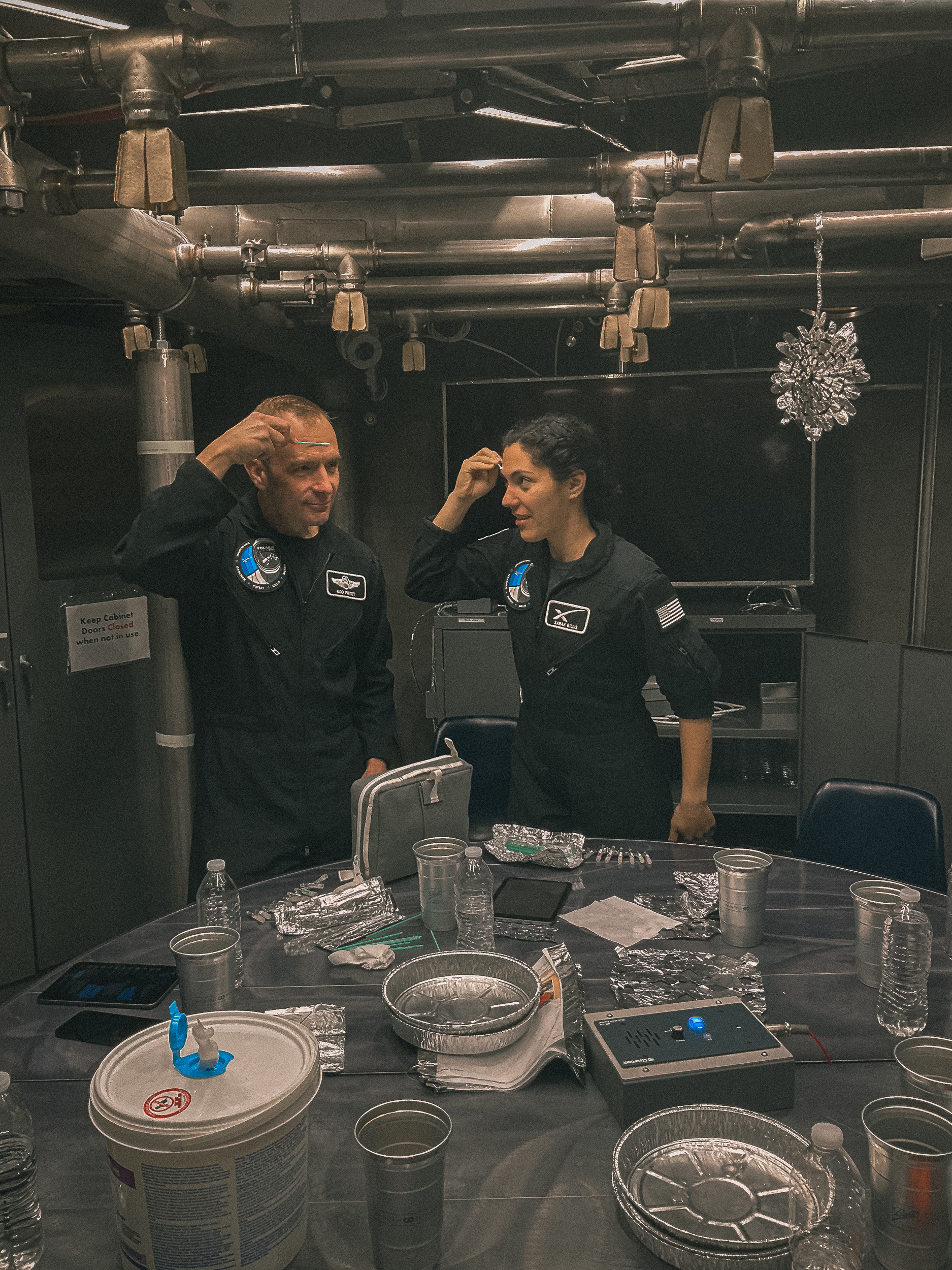
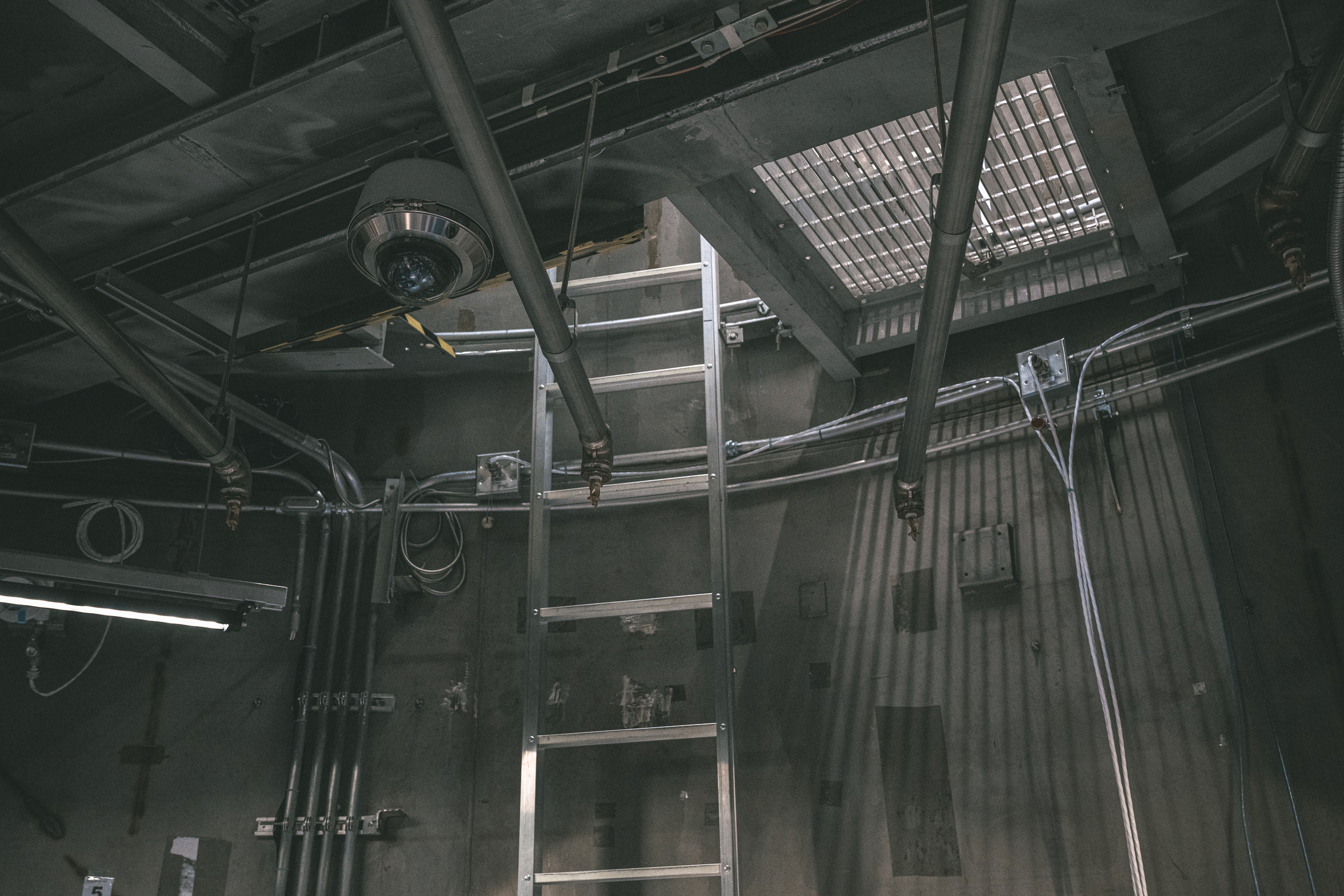

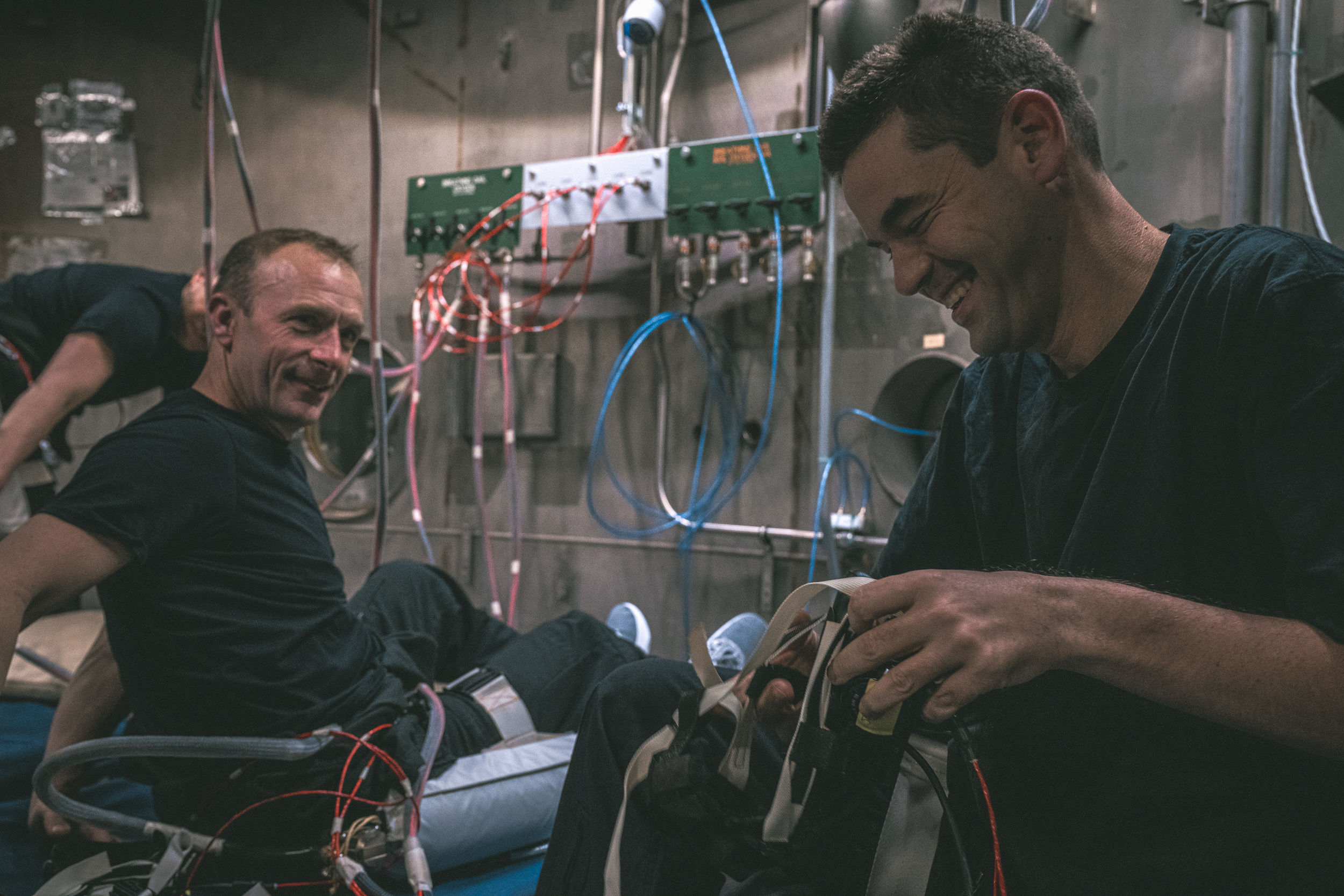
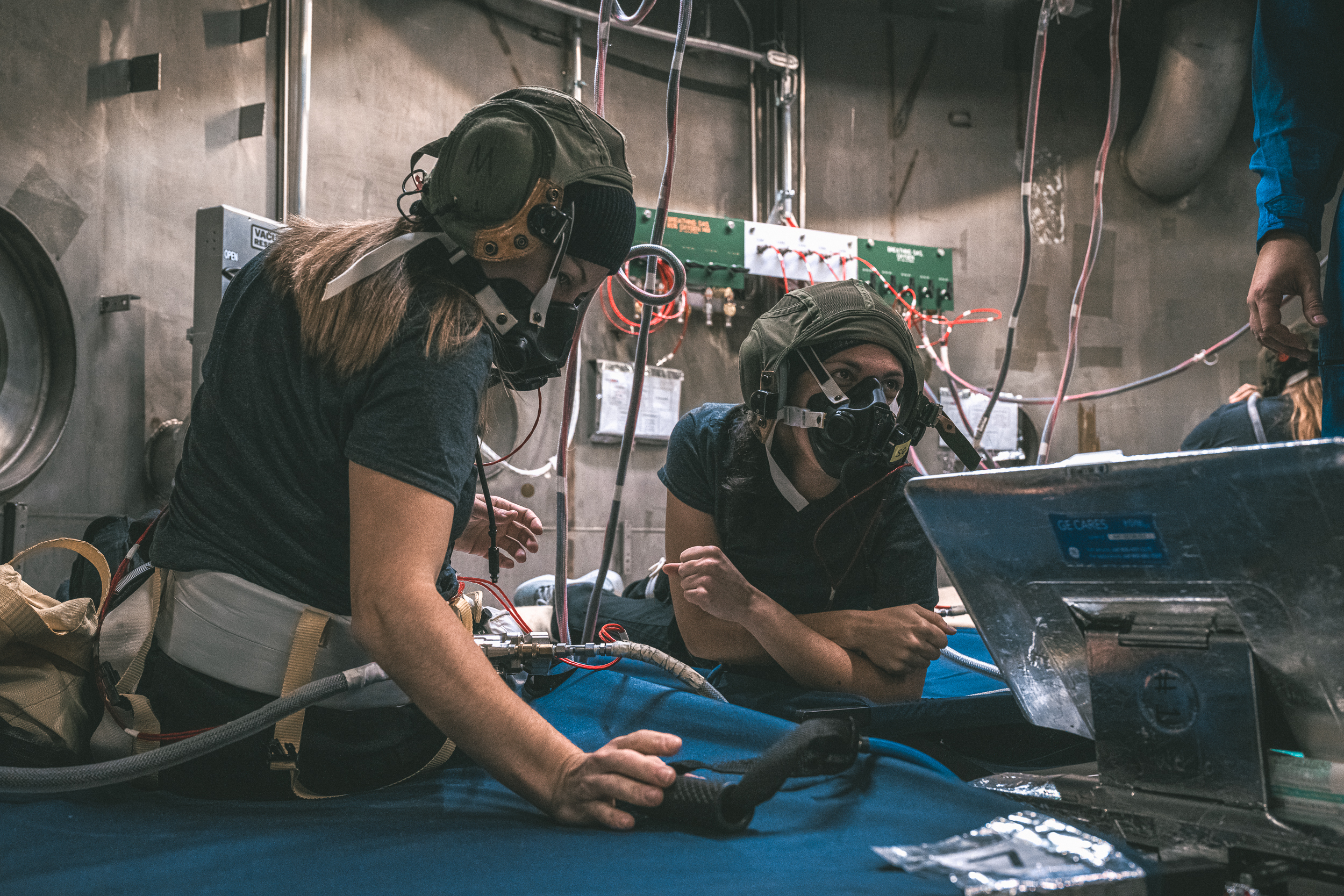
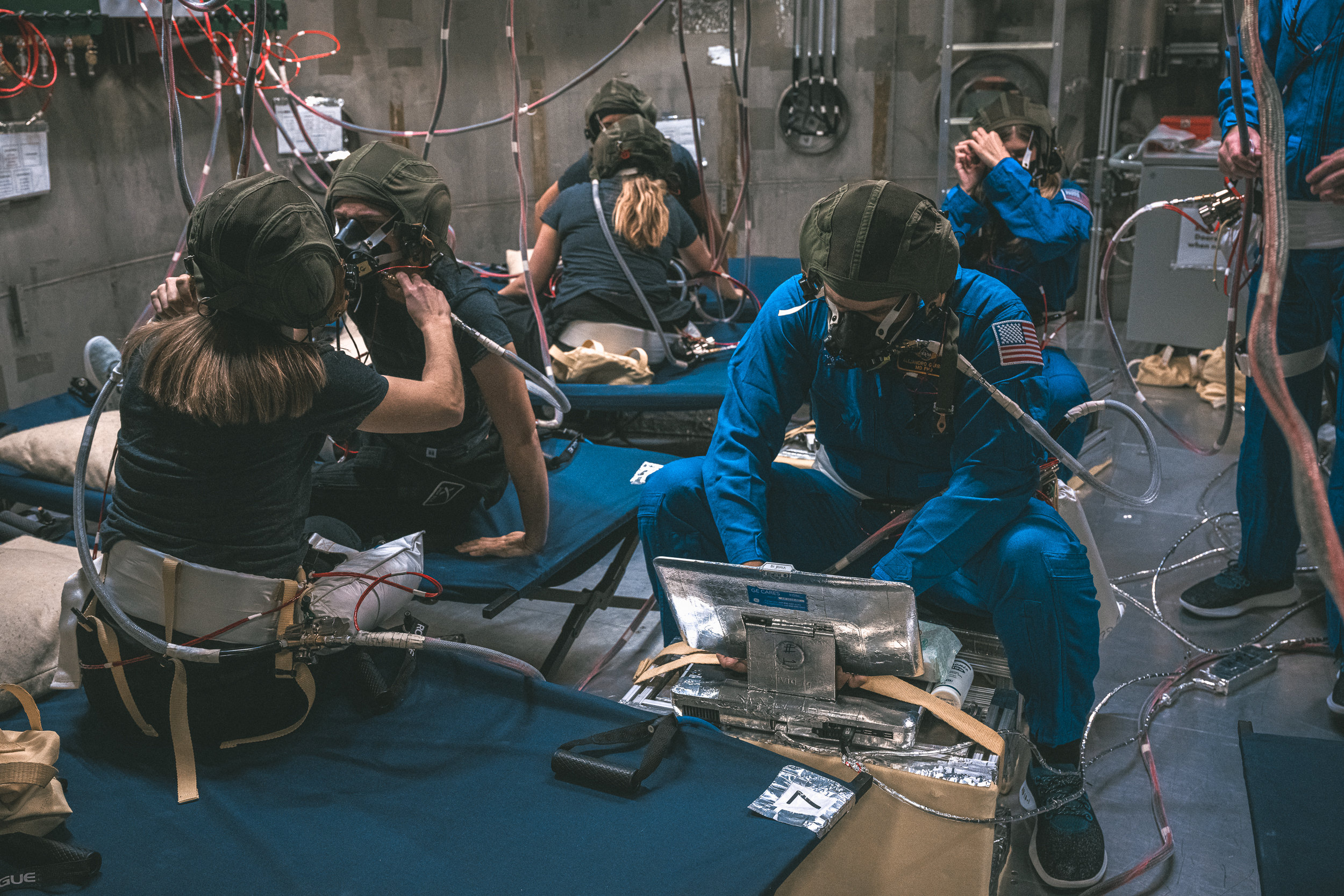
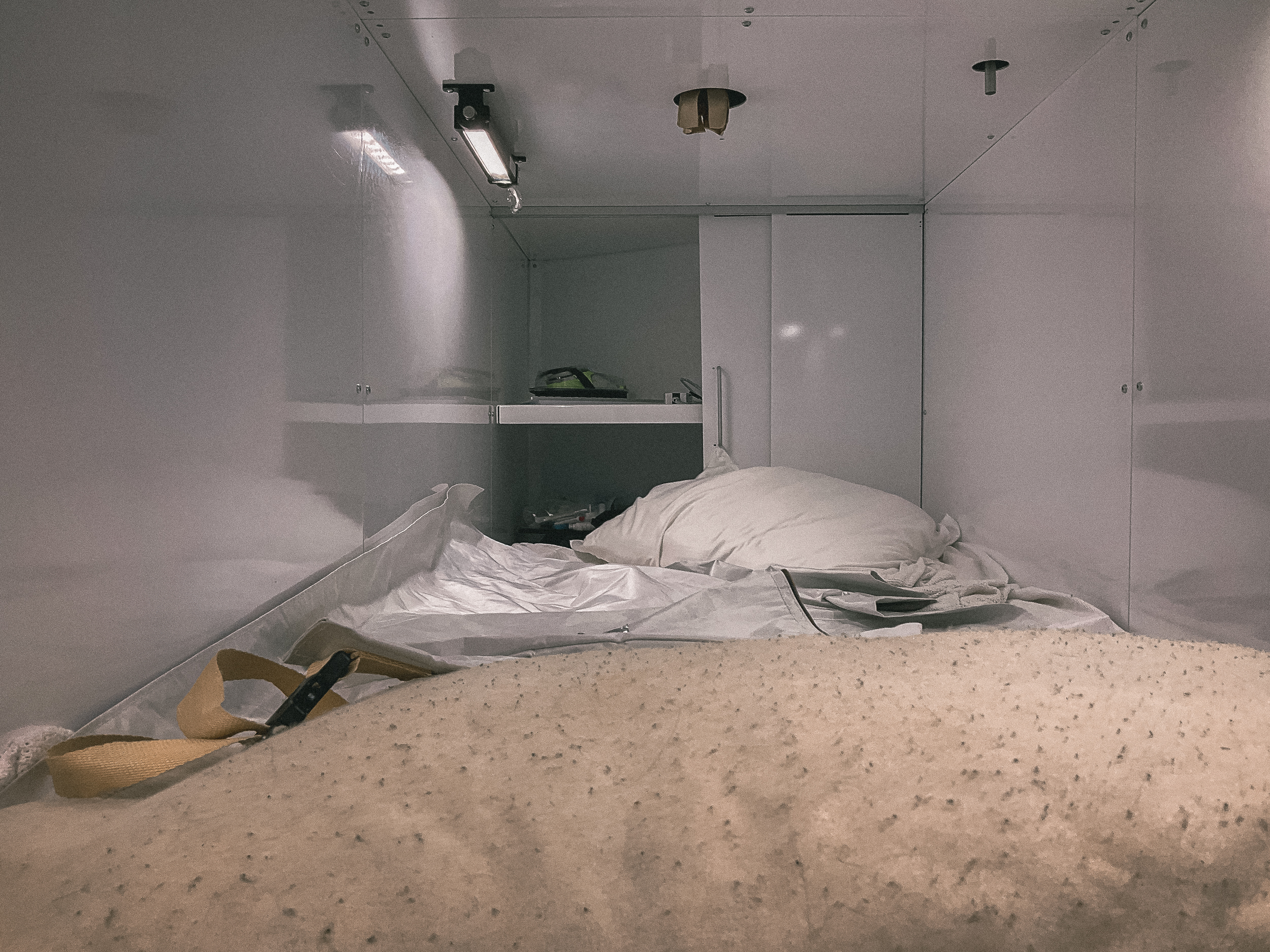
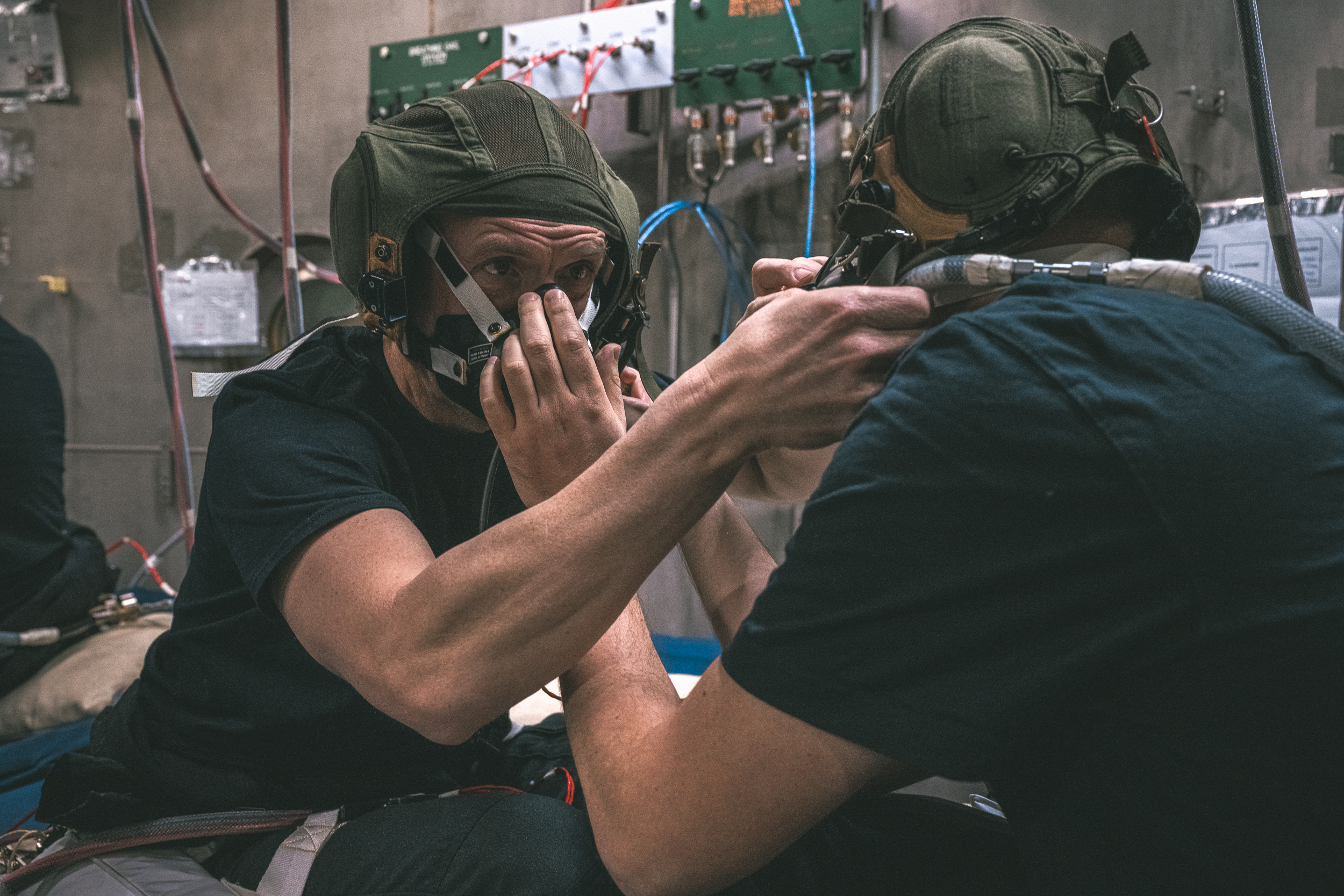
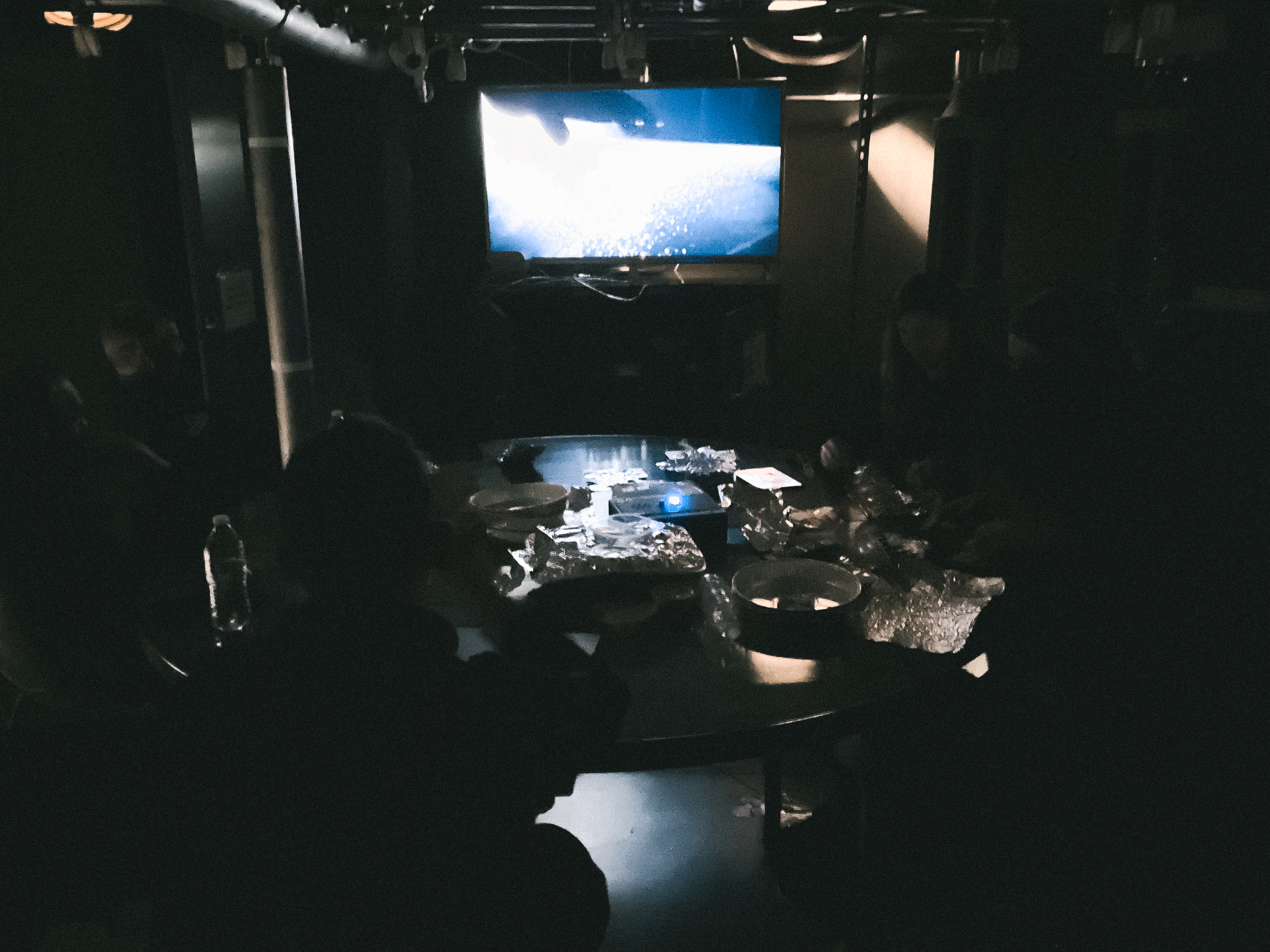
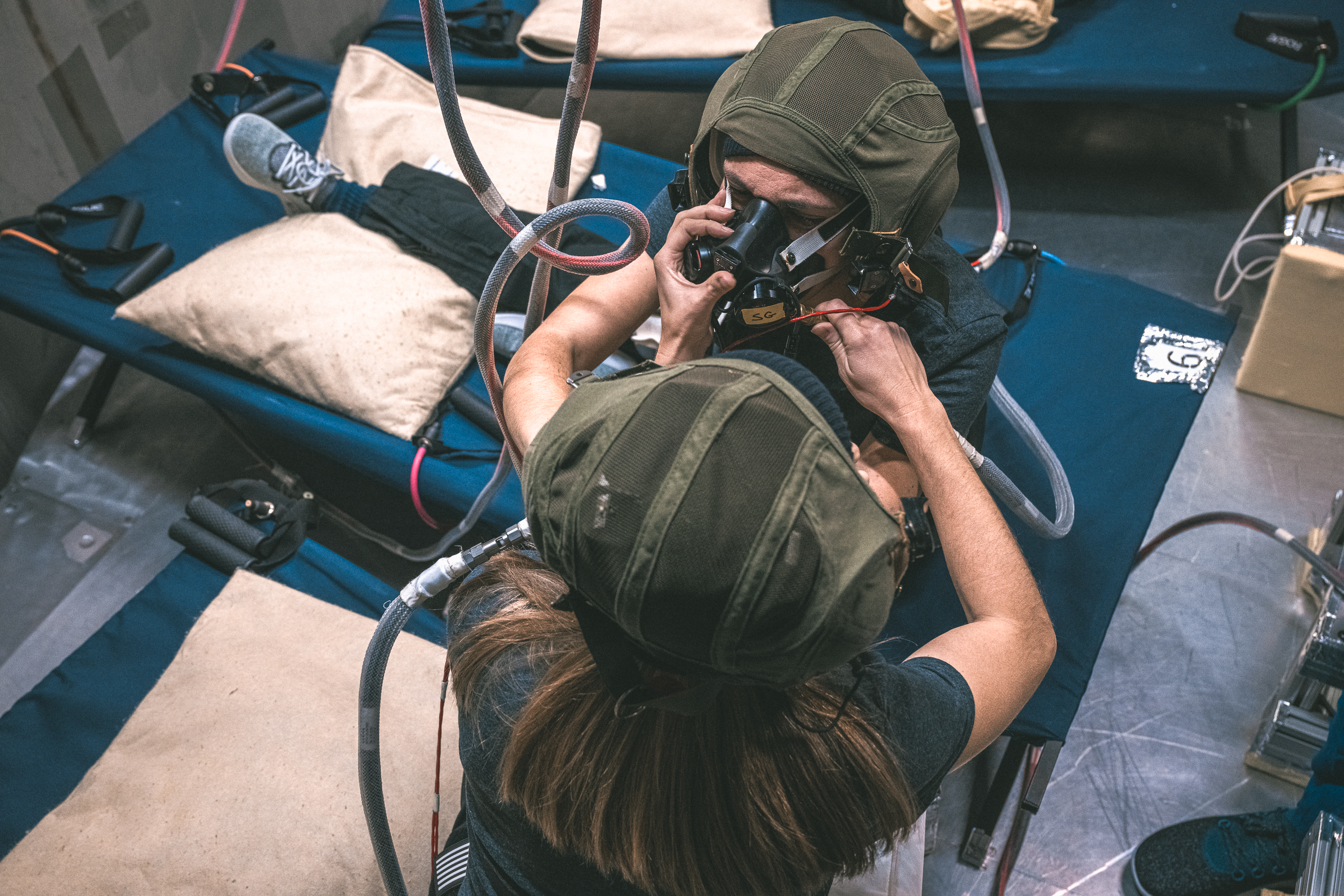
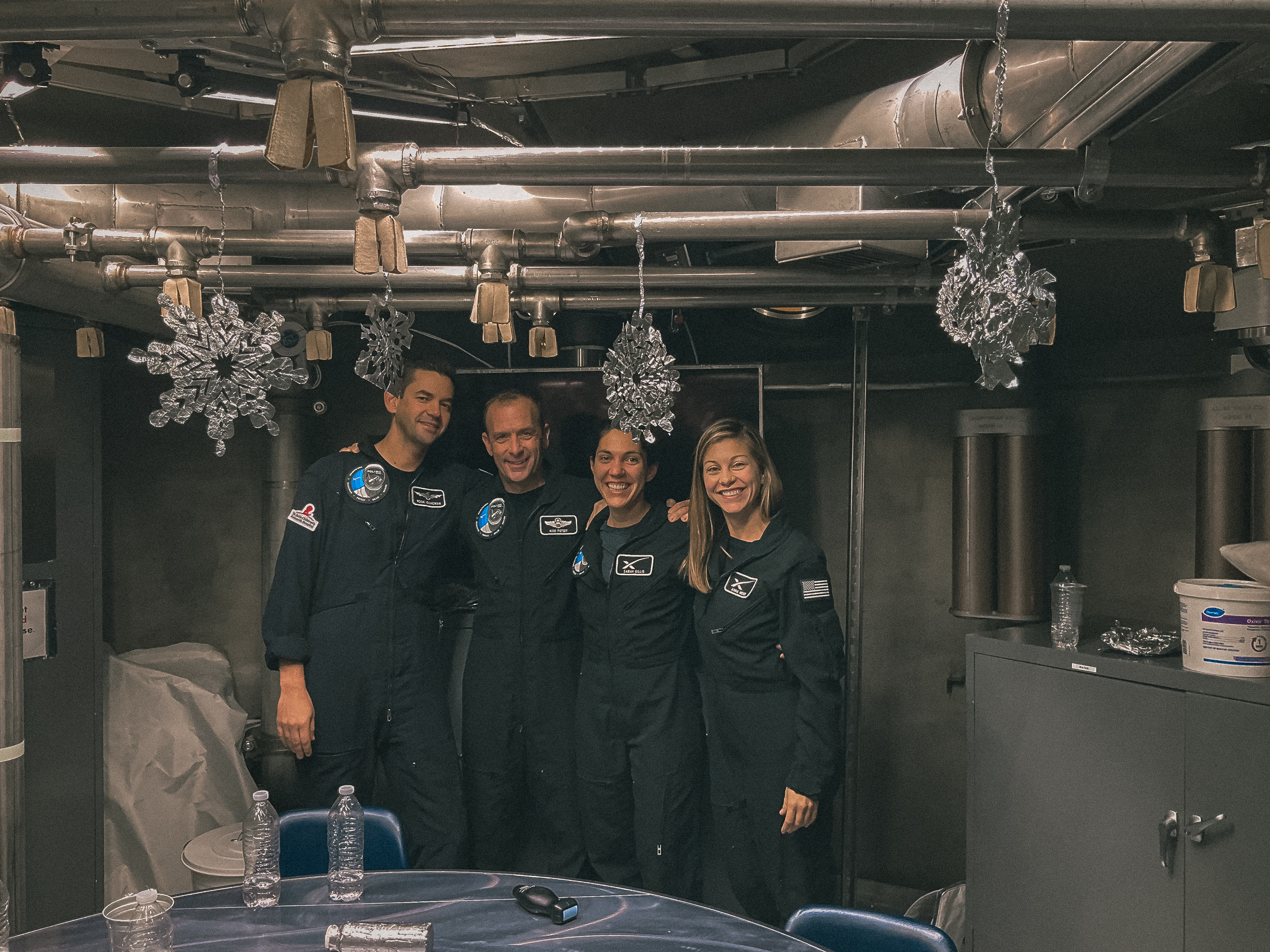
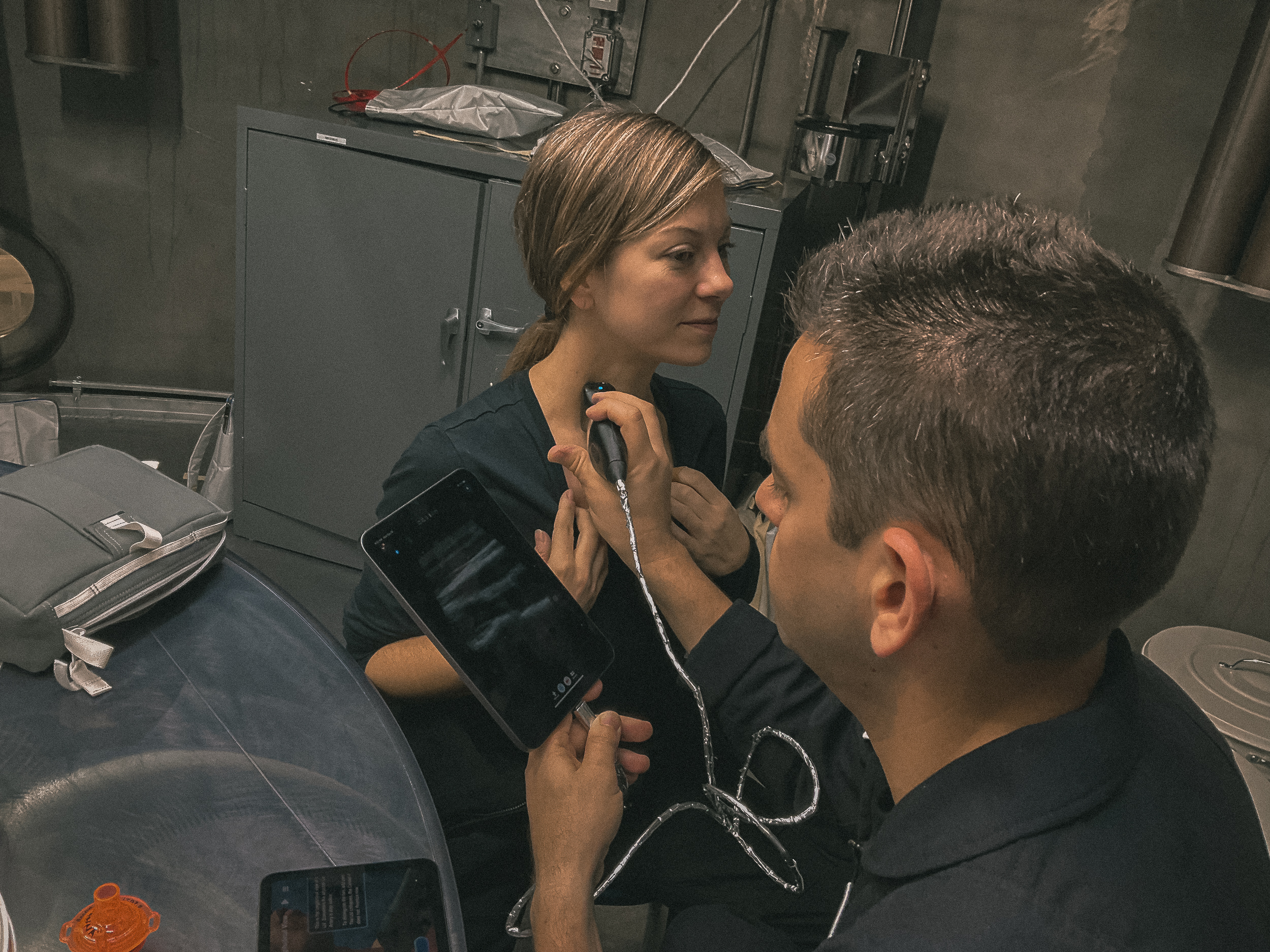
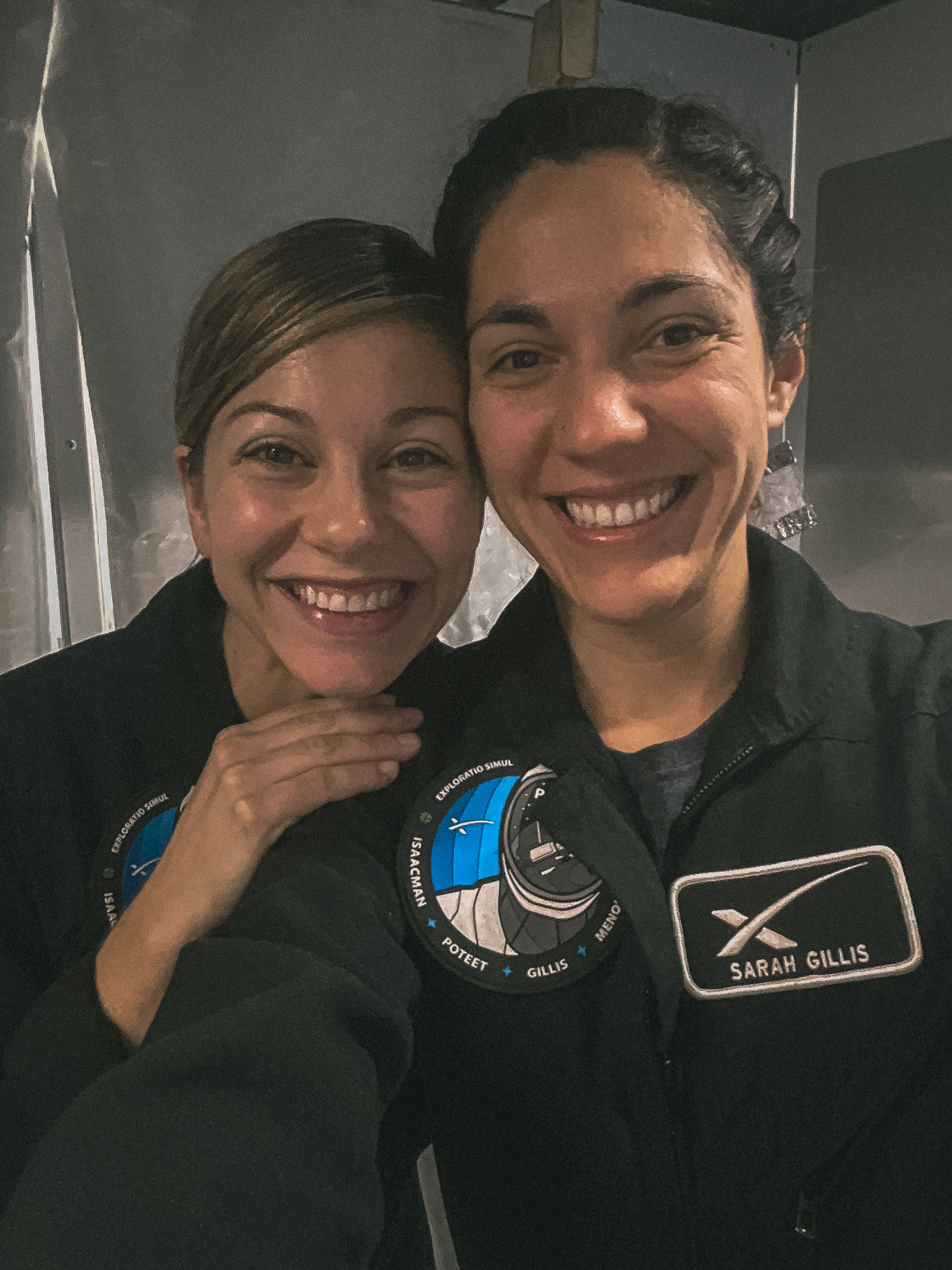
Photo credits: Polaris Program